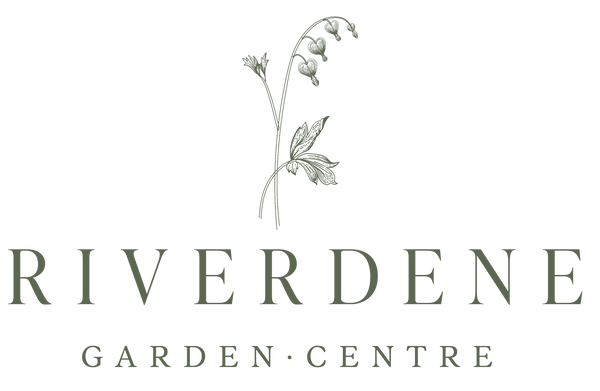1
/
of
1
Riverdene Garden Center
Crimson Passion Cherry
Crimson Passion Cherry
Regular price
$99.99 CAD
Regular price
Sale price
$99.99 CAD
Unit price
/
per
Couldn't load pickup availability
Prunus ‘Crimson Passion’
Crimson Passion Cherry is a cold-hardy, dwarf sour cherry variety that produces large, dark red, sweet-tart cherries. Unlike other dwarf sour cherries, it has a higher sugar content, making it ideal for fresh eating, baking, and preserves. It is self-pollinating and thrives in prairie climates (Zone 2-3), making it an excellent choice for Southwest Saskatchewan.
Planting & Location
- Hardiness Zone: 2-7 (cold-hardy and drought-resistant)
- Mature Size: 6-8 feet tall, 5-7 feet wide
- Growth Rate: Moderate (12-18 inches per year)
- Sunlight Needs: Full sun (at least 6 hours per day for best fruiting)
-
Soil Preference:
- Prefers well-drained, loamy soil.
- Tolerates sandy and clay soils if well-draining.
- Performs best in slightly acidic to neutral soil (pH 6.0-7.0).
- Spacing: 5-7 feet apart for optimal air circulation and fruit production.
Watering
- Young Trees (First 2 Years): Water deeply once per week to establish roots.
- Established Trees: Drought-tolerant; water every 2-3 weeks in dry periods.
- Avoid Overwatering: Does not tolerate soggy soil—ensure good drainage.
Fertilizing
- First Year: No fertilizer needed—focus on root establishment.
-
Mature Trees:
- Apply a balanced slow-release fertilizer (e.g., 10-10-10) in early spring.
- Organic alternative: Compost or well-rotted manure in spring.
- Avoid excessive nitrogen, which encourages leafy growth over fruiting.
Pollination & Fruit Production
- Self-Pollinating: Does not require another cherry tree to set fruit.
- Fruit Size: Large, 4-5g cherries, sweeter than other dwarf sour cherries.
- Harvest Time: Mid to late July (depending on the season).
- Yield: 15-20 lbs per tree when mature.
Pruning & Maintenance
- Best Time to Prune: Late winter to early spring, before new growth.
-
How to Prune:
- Remove dead, diseased, or crossing branches to improve airflow.
- Maintain an open center or vase shape for better sun exposure.
- Minimal pruning required compared to other cherry varieties.
Pest & Disease Management
Common Pests:
-
Aphids – Sap-sucking insects that cause curled leaves.
- Solution: Spray with insecticidal soap or introduce ladybugs.
-
Cherry Fruit Fly – Lays eggs inside cherries, causing maggots.
- Solution: Use sticky traps and pick up fallen fruit.
-
Birds – Love ripe cherries!
- Solution: Use netting to protect ripening fruit.
Common Diseases:
-
Brown Rot – Fungal disease causing rotted fruit.
- Solution: Remove infected fruit and apply fungicide if needed.
-
Powdery Mildew – White fungal growth on leaves.
- Solution: Improve airflow and apply sulfur-based fungicides.
-
Canker (Bacterial or Fungal) – Causes sunken lesions on branches.
- Solution: Prune out infected branches and apply copper spray.
Winter Protection
- Young Trees: Protect with burlap or tree wraps in extreme cold or exposed areas.
- Mulching: Apply 2-4 inches of mulch around the base (not touching the trunk) to insulate roots.
- Rodents & Rabbits: Use tree guards to prevent bark damage in winter.
Landscape Uses
Perfect for small yards & urban gardens
Great for fresh eating, baking, and preserves
Self-pollinating—no second tree needed
Cold-hardy & drought-resistant once established
Attracts pollinators and provides seasonal interest
Additional Notes:
- Crimson Passion Cherry is part of the University of Saskatchewan’s dwarf sour cherry breeding program, making it highly adapted to prairie climates.
- Lifespan: 20-30 years with proper care.
- Works well in hedgerows, container plantings, and mixed fruit orchards.
Photo courtesy of Jeffries Nurseries
Share


